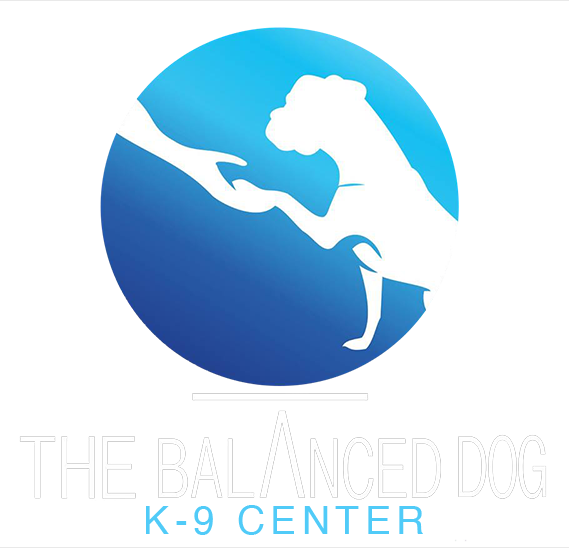Follow Us x
Frequently Asked Questions
What tools do you use to train my dog?
The dog that is in front of us determines what tools we use. We use a wide variety of tools and methodologies depending on the needs of the dog we are training. Slip collars, prong collars, eCollars, food, clickers, praise...again, whatever best suits the needs of the dog to give us the results the owner is looking for. For example, the tools for training a young puppy would be very different than the tools needed to rehab a reactive or aggressive dog.
Do you use treats for training my dog?
I use treats for recall training, because recall should be high energy, fun stuff for your dog. For other training, I will use the dog's daily meals for training. Engaging your dog's food drive is extremely effective in training, and dogs love having a job and working for a "paycheck".
Do you use corrections in training?
Absolutely. Balanced training is, at its heart, a simple series of "yes" or "no" conversations with your dog. You not only want your dog to understand "Yes, this is correct behavior", you also need him to understand "No, this is not correct". That's only fair.
I have learned, and experienced with my own dogs, that you cannot reward a dog out of undesirable or dangerous behavior. A correction that is well timed to make that behavior unrewarding and/or uncomfortable for your dog is the fairest way to help your dog understand the concept of "non-negotiable no". Please understand that when I use the word uncomfortable, I in no way condone imposing actual pain on a dog. High levels of corrections are never used to train basic obedience.
Will my dog act differently when he comes home from a board train?
When your dog returns home, he will have a solid understanding of all the basic obedience commands, on and off leash, indoors and outside. You will almost certainly notice that a dog that came in nervous, overactive, etc., is calmer and much more at ease, reflecting his newfound knowledge that his choices in navigating his world are being made for him, all he has to do is hang out and relax! This is where you come in. It is critical that you have a commitment to continuing your dog's training at home, or he will not be able to succeed long term. You must be willing and able to take your place as your dog's leader or he will quickly revert to making bad choices in how he navigates through his world.
May I visit my dog while he is in your board and train program?
I have found that it is best for the dog to limit visits to the two "go home" sessions you will have near the end of training. Dogs learn best when they are calm and focused, so we don't want visits to get them overly excited and possibly impede their training. Your dog will be learning lots of new things, and I know that's exciting. As time allows, I will post pictures and video updates on Facebook (https://www.facebook.com/Tbalancedog/) while your dog is in training.
Do you work with aggressive dogs?
Yes, I do. Generally speaking, I prefer to work with reactive or aggressive dogs in a board and train program, but that is something that can be evaluated at the initial assessment. The primary consideration in this decision is the safety of the owner, the trainer and the dog. We have very good safety and management protocols in place for everyone's protection.
Do you offer payment plans?
We are not set up for payment plans. We accept cash, check, money orders or credit cards through PayPal. Full payment in advance must be received with the signed contract before training dates will be scheduled. Payments through PayPal will be assessed an additional 2.9% processing fee.
What are you doing to keep your team and customers safe during COVID-19?
At The Balanced Dog K-9 Center, our number one priority is the safety of our customers, team, and community. You can read what we're doing to take necessary safety precautions here

